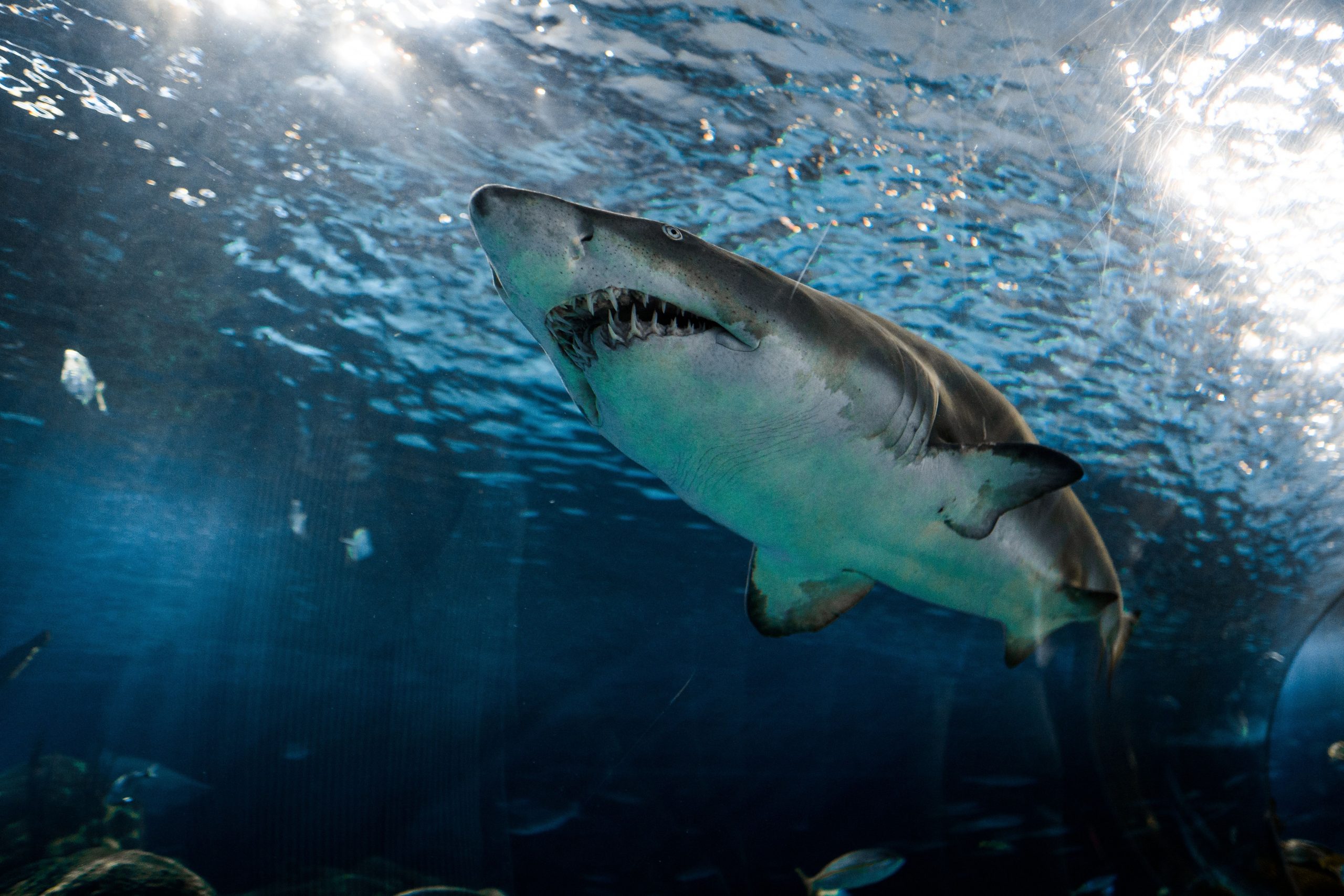A 35-year-old British man has been unofficially identified as the victim of Sydney’s first fatal shark attack since 1963, as per reports.
“Everything that is connected to Simon is connected to the ocean. The news hit us like a truck because he was one of the people who make this earth lighter,” Nellist’s friend Della Ross told Channel Seven on Thursday, a day after the fatal attack.
Also read | US’coastline could see a century’s worth of sea rise in just 3 decades
According to the Daily Mail, Nellist was a former Royal Airforce serviceman with family in the UK. However, he lived in Wolli Creek in southern Sydney and is believed to have had a partner in the city whom he was slated to marry. The Sydney Morning Herald also reported that Nellist was a regular swimmer at Little Bay Beach, where the attack took place on Wednesday.
Hours after the attack, police retrieved pieces of the victim’s body, and a DNA test has been carried out to identify the remains. However, police have yet to release an official confirmation about the victim’s identity.
Also read | COVID-19: Omicron detected in New York deer population, study reveals
As per available information, Nellist was out on a regular swim off Little Bay Beach in Sydney when he got mauled by what is believed to be a great white shark. The attack, footage of which was captured by horrified onlookers, precipitated the closure of most beaches in Sydney along a 25 kilometre stretch.
Authorities subsequently mounted a wide search for the great white shark, believed to be around four metres (13 feet) in length. As of Thursday, the shark had not been found, but a search using jet skis, drones, and helicopters is ongoing, while sensors have been deployed in the water to try and track the creature.
Also read | 6.2 magnitude earthquake in Guatemala leaves destruction in its wake
Notably, however, shark attacks near Sydney are uncommon because the city has nets and other deterrents deployed in its waters to prevent sharks from slipping through. Given the slew of measures deployed to protect swimmers against marine threats, Wednesday’s attack is likely to send alarm bells ringing till the gap in the protective measures is found.






